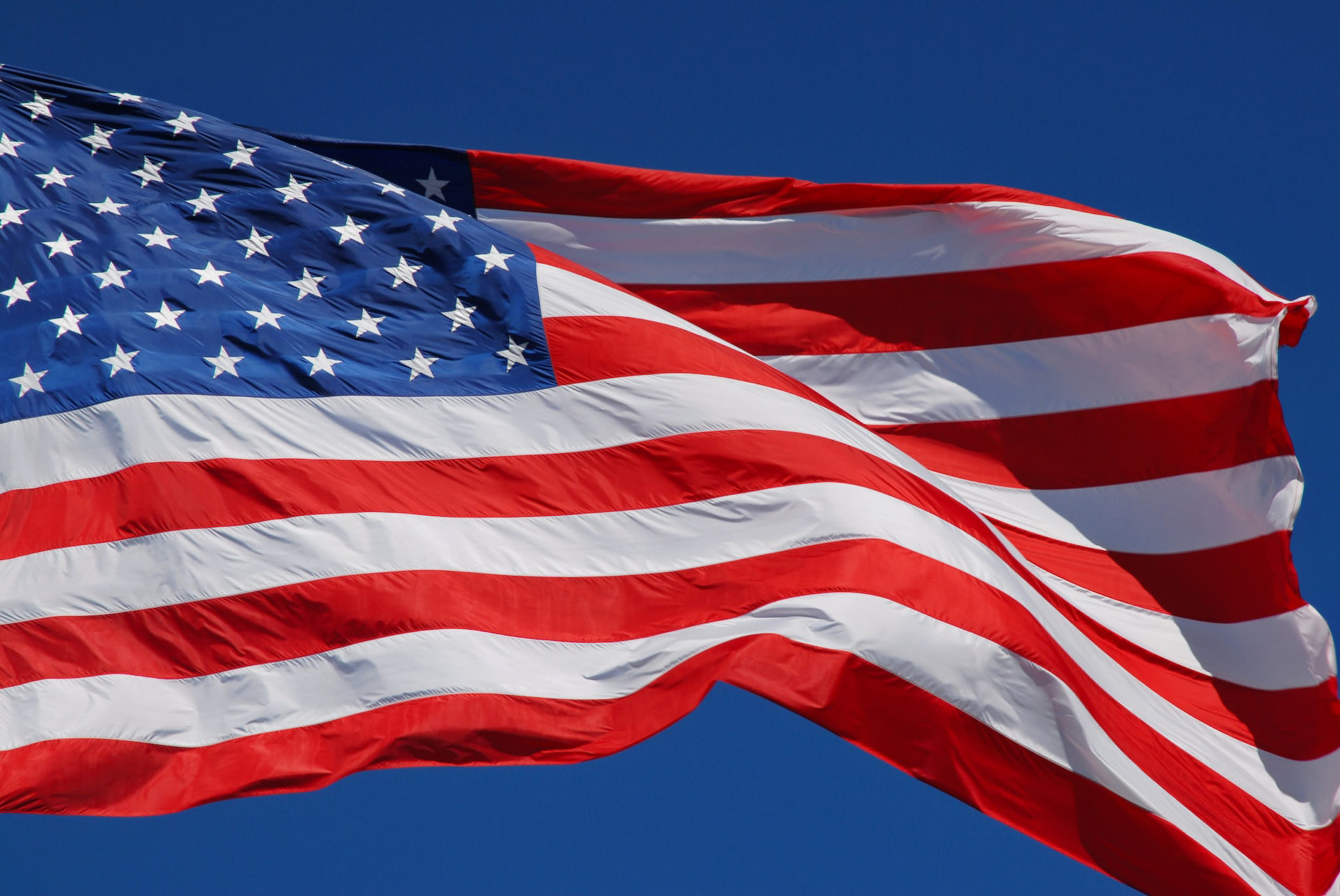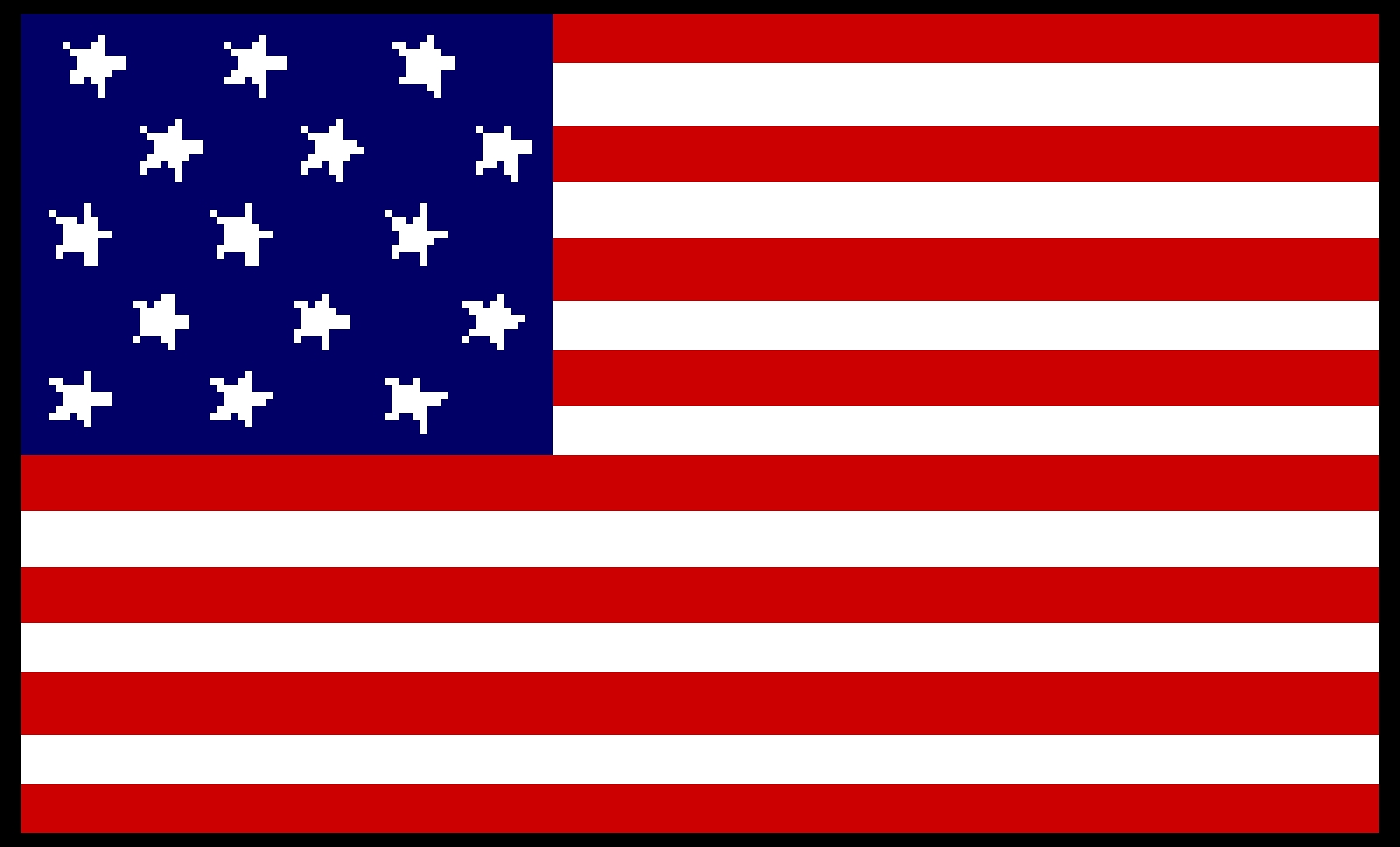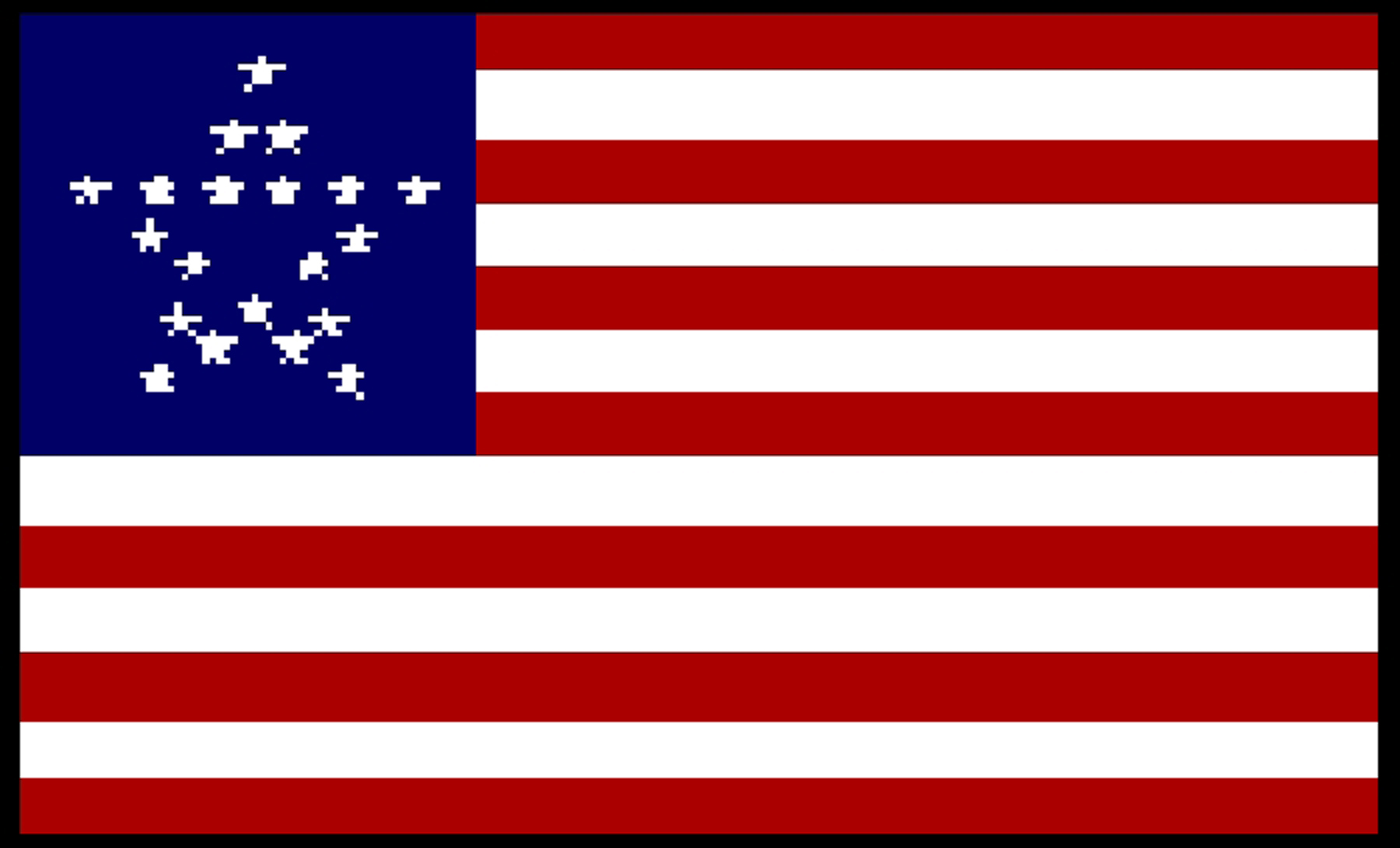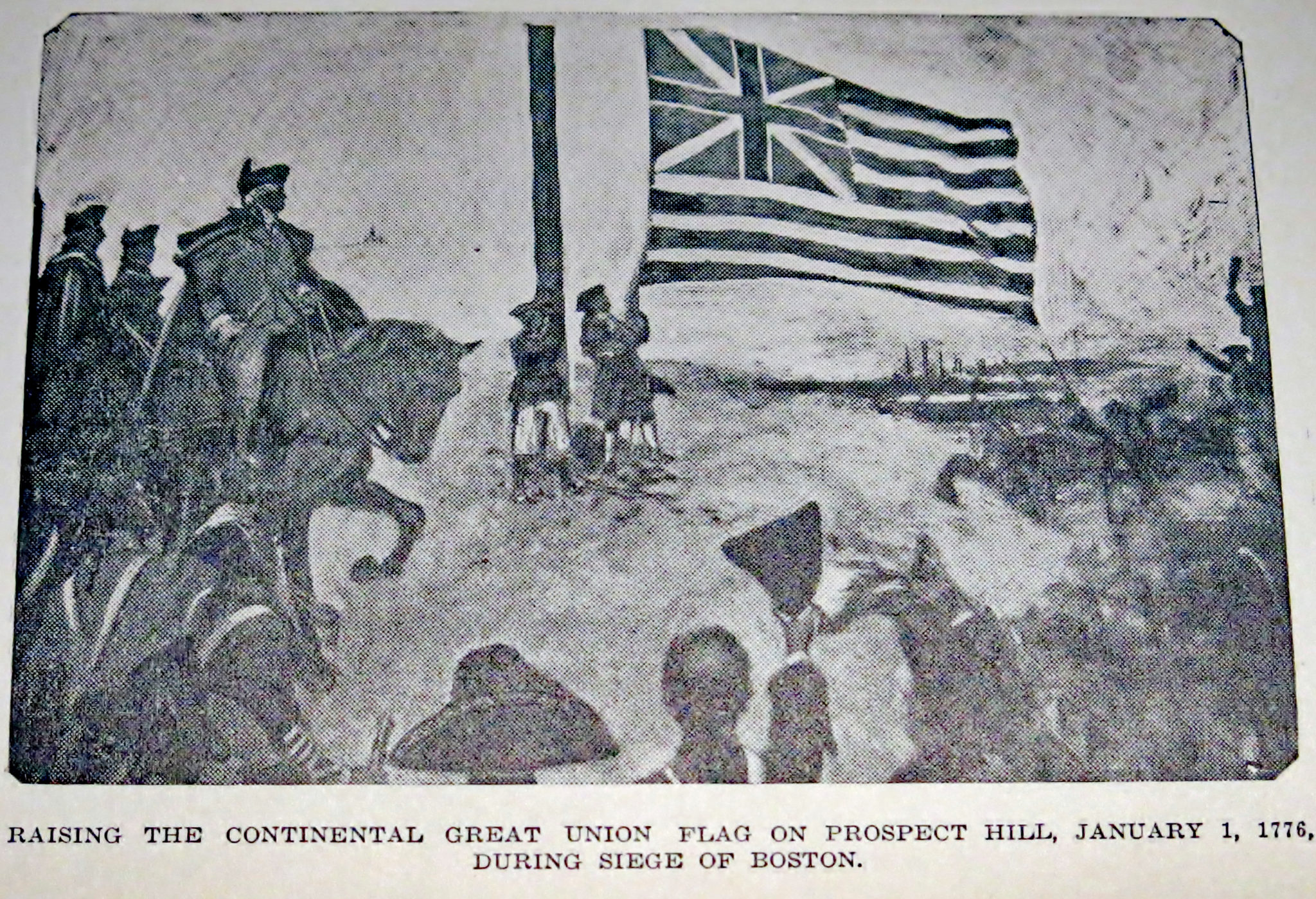On June 14 We Honor Our Nation’s Flag

Alexandria, VA – June 14 is Flag Day. The Stars and Stripes, as the U.S. flag is often called, is a unifying symbol that binds Americans together. While the flag’s origin is unknown, it appears to have roots that go back even before our country’s independence.
On January 1, 1776, six months before the Declaration of Independence was signed, General George Washington ordered a flag hoisted over his base as the Continental Army laid siege to British-controlled Boston. The Grand Union flag, with 13 alternating red and white stripes and the British Union Jack in the upper lefthand corner, is considered the first flag flown to symbolize our new country.
However, the first official United States flag, recognized by an act of Congress on June 14, 1777, had one significant modification to that Grand Union flag. Instead of the Union Jack, “…the union be thirteen stars, white in a blue field, representing a new Constellation.” Arranged in a circle, these stars represented the 13 U.S. colonies. Much evidence points to New Jersey Congressman Francis Hopkinson as having designed this flag (sorry, Betsy Ross!).
White stars in a blue field or canton signify vigilance, perseverance, and justice. The red stripes symbolize valor; the white, purity and innocence. Although the U.S. flag design was and may continue to be altered, these colors remain unchanged, expressing the American character throughout history.
Since American independence, our national flag has been revised officially 27 times. As each state joined the Union, another star was added. After the original 13-star flag, a 15-star flag was adopted on May 1, 1795. Two stars and two stripes were added, representing Vermont and Kentucky. This flag, flying over Fort McHenry in 1814, inspired Francis Scott Key to pen The Star-Spangled Banner.

In 1818, however, Congress anticipated an ever-more crowded field of stripes, so it returned to tradition. While five stars were added for five new states, the design reverted to the 13 stripes that remain today.
For the next nearly 100 years, neither the order of the stars nor the proportions of the flag were prescribed. Flags from this period sometimes show unusual arrangements of the stars and odd sizes. The design was left to the flag maker’s discretion. Then, by Executive Order in 1912, President Taft established the current proportions of the flag, and the arrangement of the stars in horizontal rows, a single point of each star oriented upward.
Today’s 50-star flag, specified by Executive Order in 1959 with the admission of Hawaii to the Union, has been our Nation’s symbol for over 60 years and through 13 presidents. Flown in the most prominent position among other flags, the American flag often is highlighted with lights or in some different manner when the National Anthem is sung before sports or other public events.
Title 4, United States Code, adopted by the National Flag Conference in June 1923, as revised, outlines guidelines for the display and use, time and occasion, and position and manner of display of the U.S. flag. For instance, the flag should not be displayed in inclement weather unless made of all-weather fabric or after dark unless illuminated. Historical versions of the flag may be displayed as long as they are serviceable.

Section 6 lists holidays when the flag should be flown and directs its presence at polling places on election days and schoolhouses. When hung vertically, the canton should be to the viewer’s left. And the U.S. flag should always be placed above other flags or pennants and on its own staff unless it is displayed during peacetime with other international flags when it should be at equal height.
It has become popular to incorporate the image of the U.S. flag in everything from advertisements to wearing apparel. Some may think exhibiting the flag in this way demonstrates love for the symbol, but 4 U.S. Code outlines the rules regarding how to treat the flag image to ensure no disrespect is shown.
There also are directives on when and how to fly the U.S. flag. Half-staff commemorates the death of a president, principal U.S. government official, or state or territorial governor, and notable dates: Memorial Day, Korean War Veterans Day, September 11, and Pearl Harbor Remembrance Day. Each has a prescribed length of time to be flown at half-mast, from several hours up to 30 days for the death of a sitting or former president.
According to U.S. Code, when a flag is no longer serviceable, it should be destroyed in a dignified way. While burning is preferred, most flags today are made of synthetic fabrics, which emit toxic fumes when burned. Burial is also an option.

Many communities, local government offices, police stations, and American Legion and Veterans of Foreign Wars (VFW) posts have flag disposal boxes where unserviceable flags can be dropped for a safe retirement. Check local Legion or VFW social media for possible ceremonies this month. And check out Legion.org/flag for flag etiquette information and instructions, even the top ten myths regarding the U.S. flag.
Our flag is an essential representation of this country’s history, values, and people. It symbolizes the enduring principles of this country and the sacrifices of many men and women to make these principles a reality. Therefore, the American flag should be treated with respect and care. This Flag Day, take a moment to reflect on the meaning of our U.S. flag and fly your flag proudly!
___________________________________________________________________
If you are a veteran, a veteran’s family member, or know a veteran who needs help, go to Virginia Board Veterans Services at www.dvs.virginia.gov/dvs; dss.virginia.gov/community/211.cgi; contact American Legion Post 24 Veterans Service Officer at [email protected]; or check out the Resources List on the Post 24 website at valegionpost24.com. For crisis intervention and suicide prevention services, dial 988 and Press 1, or text 838255, for the Veterans Crisis Line.
ICYMI: Thousands Attend Old Town Festival of Speed & Style in Alexandria May 21




